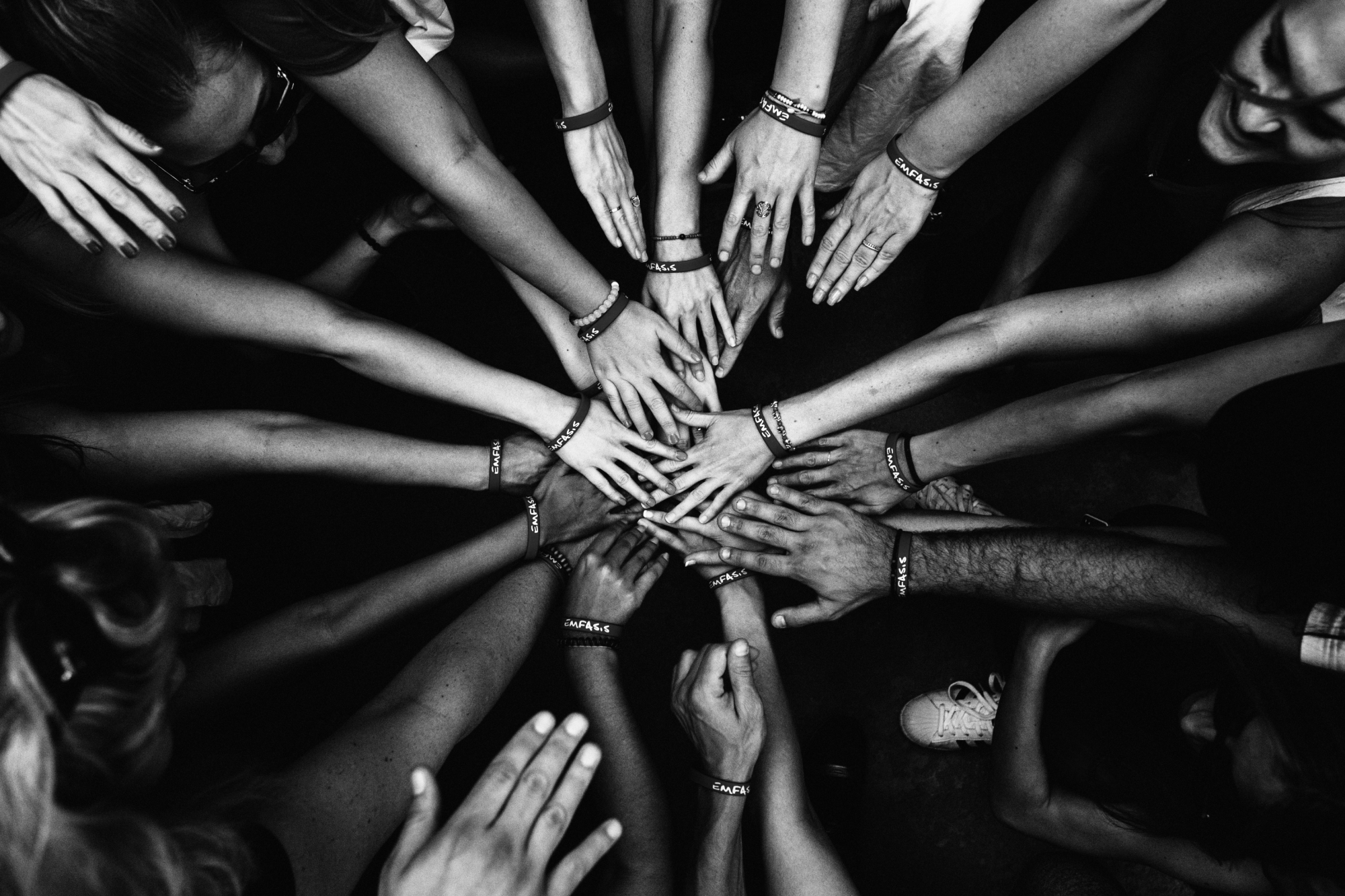The events of recent months have motivated us all to reflect on the systemic racism that exists in our society, as well as our own responsibilities in tackling racism. For content marketers, this means actively working to ensure the content you create is authentic and genuinely reflects the diversity of your audience.
This has led to increasing discussion on the importance of ‘inclusive content’, something that the BBC pledged in June to invest £100million in. So, what is inclusive content? The Content Marketing Institute describes it as ‘content that truly reflects the diverse communities that our companies serve.’ As well as elevating diverse voices, tackling cultural and unconscious bias, and promoting positive social change - for marketers, creating inclusive content also means you’ll be effectively communicating with a large part of your audience. Of course, in 2020, ‘inclusive content’ should already be the norm, it should just be called ‘content’.
Increasing focus on the importance of inclusive content is a positive step, however it does risk being reduced to a buzzword dished out generously but practised rarely. Inclusive content should filter through all the content you produce, and if it doesn’t, then brands rightly risk being called out for hypocrisy. Recently, this has led to backlash for brands such as L’Oreal Paris, who posted a black square on its Instagram account in support of the Black Lives Matter movement, only to be challenged on its treatment of former brand ambassador Munroe Bergdorf.
In many circumstances, not producing inclusive content won’t necessarily lead to negative press. However, and more importantly, it will alienate and ignore a large percentage of your audience. Writing for the CMI, Stephanie Stahl recently discussed how content can inadvertently perpetuate racism and inequality. Stahl identified four vital steps that all content teams should be taking immediately to actively combat this.
1. Look at your content marketing team and ask, ‘do we reflect the diversity of our audience?’
This will allow you to identify an issue you can actively work to address during hiring processes and when working with consultants and agencies.
2. Provide training on multicultural marketing
Training is something that can alter your team’s mindset long-term, making writers aware of their own unconscious biases.
3. Add specific diversity metrics
When creating or updating a content audit, Stahl suggests adding specific diversity and inclusion metrics to help understand how well you have practised ‘inclusive content’ in the past. This allows content marketers to measure the inclusivity of their content and set targets.
4. Develop content with inclusion and diversity in mind
Armed with the insights gained from training and content auditing, you could argue that this is a direct result of the previous three steps. This step should filter through to everything you write, from content briefs to execution, and requires content marketers to ask themselves more questions. Who do you talk to when researching a piece? Are they representative of the diversity of your audience? What about the diversity of collaborators or the sources you quote? This step should ultimately be fundamental to everything you create.
Inclusivity is a way of operating and cannot be achieved in a tweet, tagline, or social media post. It involves larger, fundamental changes, changes that are overdue for both content marketing and society in general.
If you're looking to learn more about developing an inclusive content strategy, or you need some help creating content that stands out, get in touch with our team.



